Blog
Five Ways To Keep Your Lawn Healthy And Green
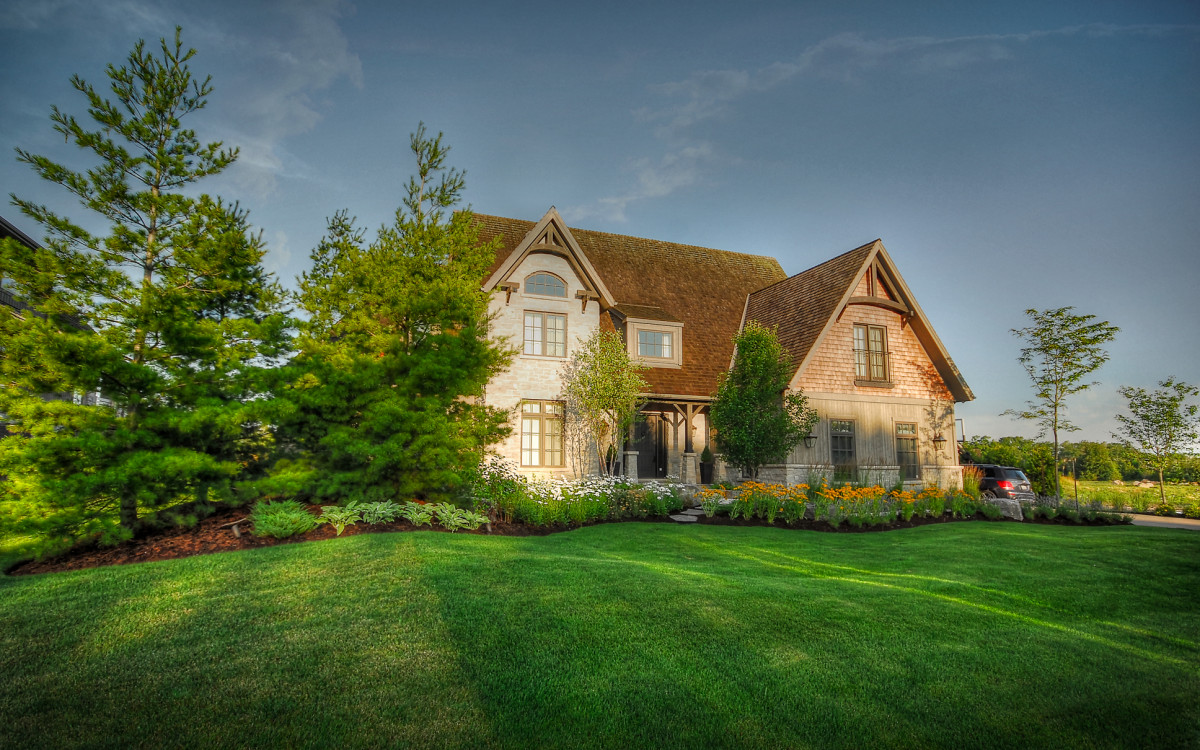
To create the “perfect” lawn (one that gives your neighbours a serious case of “lawn envy”) you just need to do a few simple things — feed it regularly and add a few basic tasks to your lawn care maintenance schedule.
In my last post, I shared some tips to help you care for your lawn during a drought (and how to mow like a pro!)… today you’ll discover the 5 ways to build (and maintain) a healthy green turf!
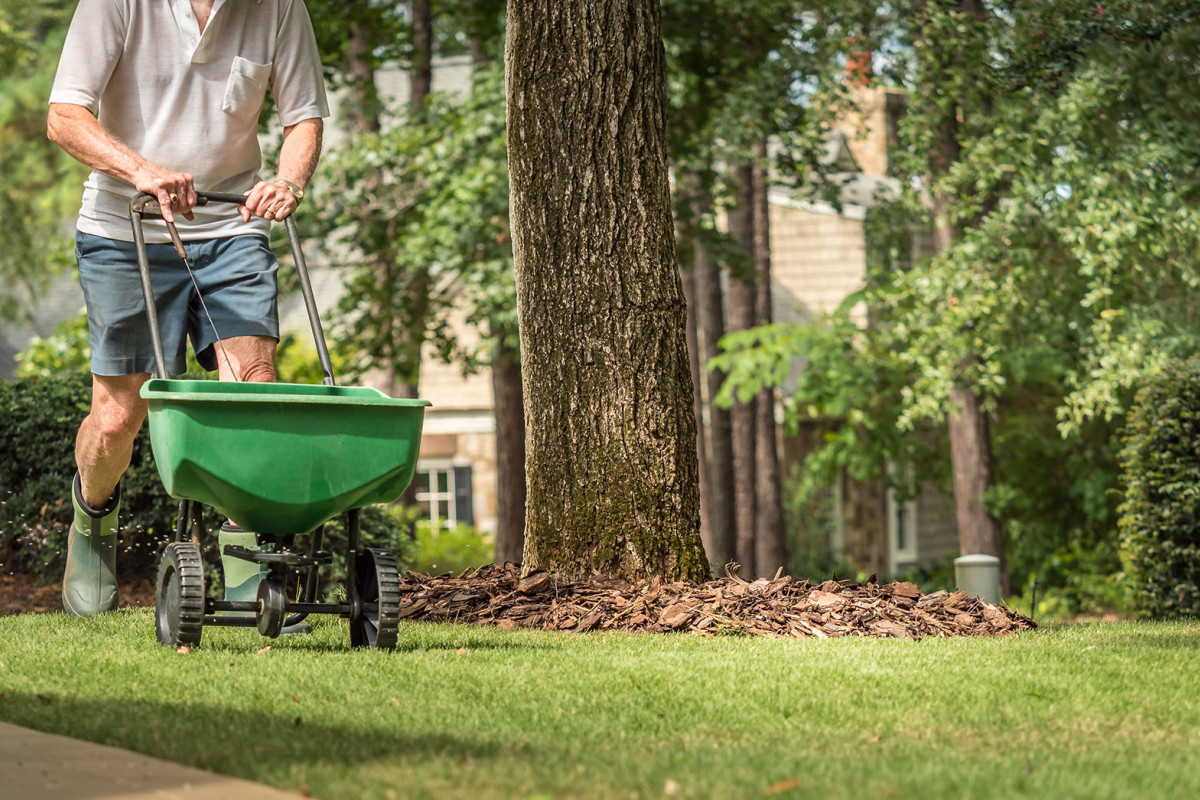
1. Replenish your soil with fertilizer
Your lawn produces its own energy from water, air and sunlight but to thrive it relies on nutrients it gets from the soil — nitrogen (N) for the leaves, phosphorus (P) for root growth and seed formation, and potassium (K) for overall health (those are the three numbers you see on a bag of fertilizer)
As a general rule, slow-release fertilizer is best. It feeds your grass over time, giving your lawn extended access to nutrients.
Cool-season grasses (like those in the Georgian Bay area) should be fertilized when they are actively growing — lightly in early spring, and more heavily in the fall. Don’t fertilize in the heat of summer, because that’s when cool-weather grasses are dormant.
Apply pre-emergent lawn care products in early spring to prevent annual grasses and broadleaf weeds from germinating and becoming a nuisance and ruining your lawn.
Get your soil tested so you know its nutrient content. This will help determine the type of fertilizer you need and how much to use.
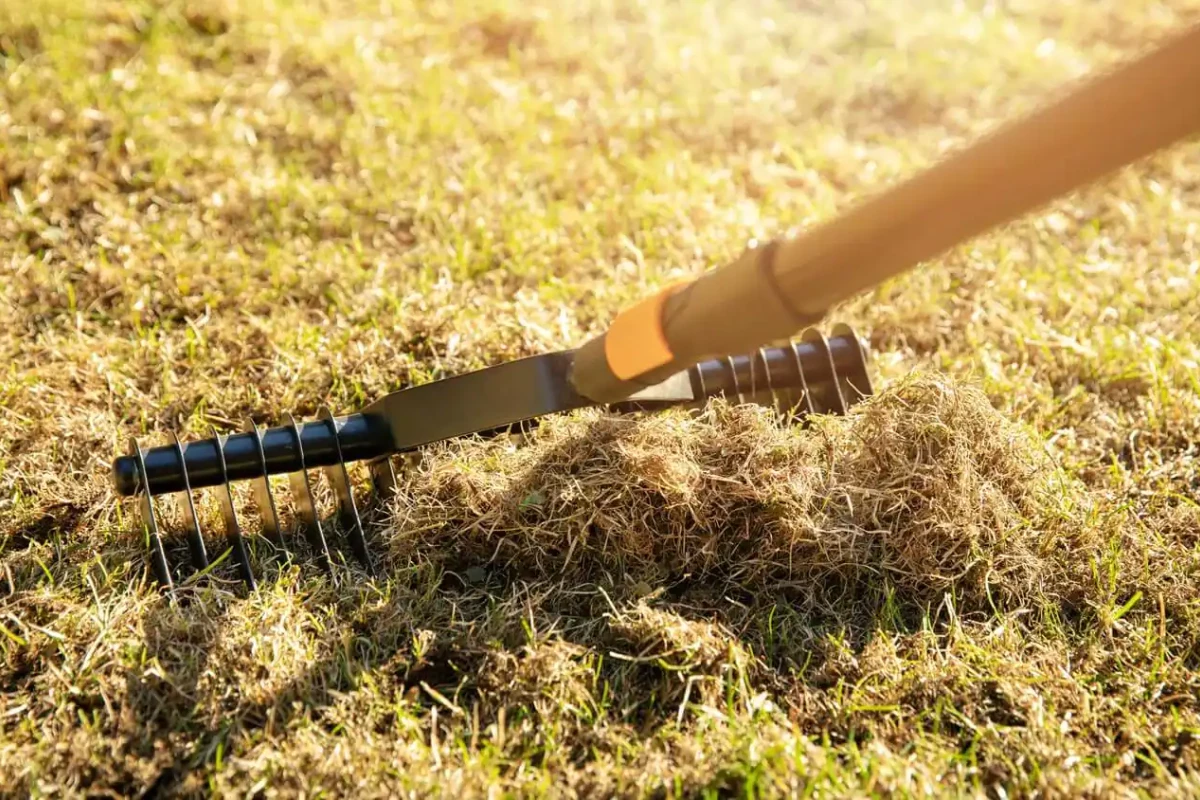
2. Dethatch your lawn and let it breathe
Thatch is a layer of dead grass that builds up over your soil, leaving it gasping for air, and the only way to remove it is to rake vigorously with a good, stiff rake — and plenty of elbow grease!
Note: If you aerate your lawn regularly, you likely won’t need to dethatch (saving you and your back a lot of time and trouble!).
3. Aerate your soil for a lush, green lawn
Aerating your soil on a consistent basis will extend the life of your grass. Aeration encourages deep root growth, minimizes thatch and allows air, water and nutrients to penetrate the soil and reach the roots.
For best results, use a plug aerator. A spike aerator just pokes holes in your lawn and is less effective than removing a plug of grass and soil —and actually compacts the soil further (and leave the plugs on the lawn to decompose).
Aeration should be done in the spring or fall — never when the grass is dormant.
You don’t need to aerate your turf every year — but if grass often looks stressed and your soil is hard to the touch or rainwater puddles up where it used to be absorbed, you may have compaction problems and need to aerate.
Aeration plugs should be 2–3 inches deep, 0.5–0.75 inches in diameter, and about 2–3 inches apart for best results.
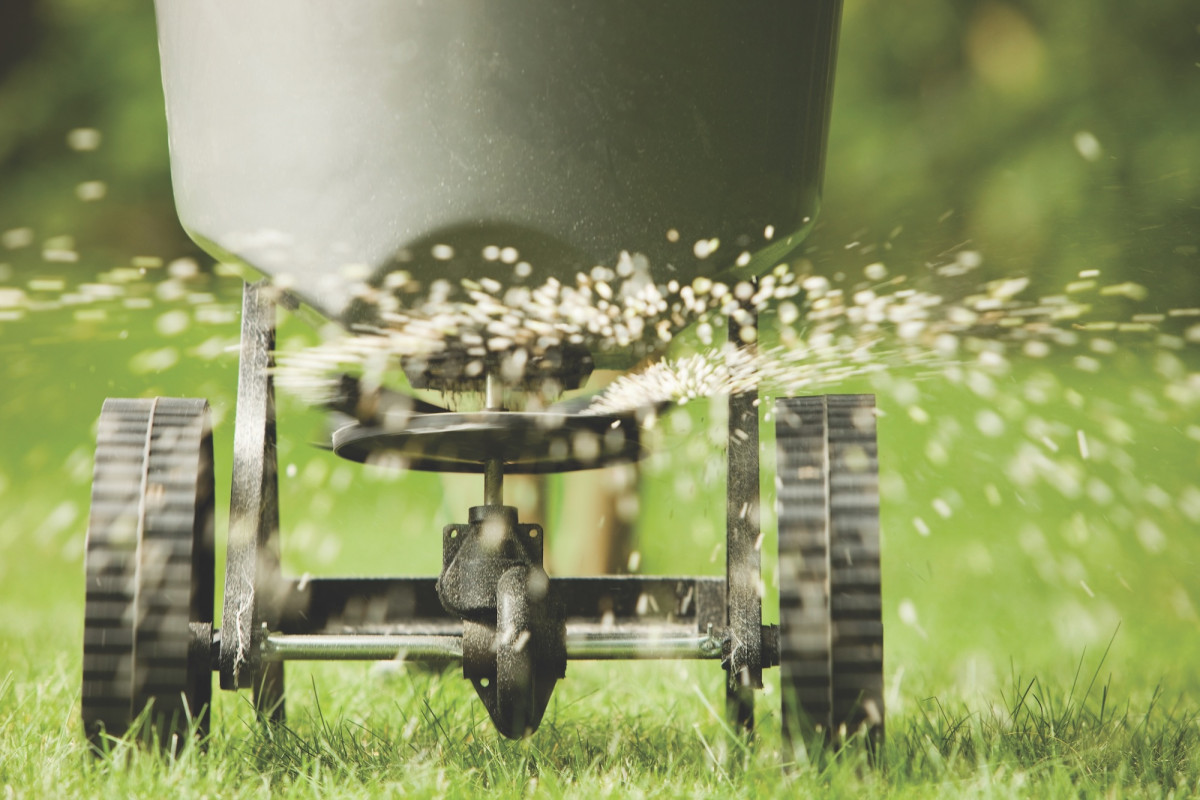
4. Thicken your turf by overseeding
Winter weather, aging grass, pets, and pests can all take a toll on your lawn, leaving it thin, bare, and susceptible to weeds. Regularly overseeding your lawn can keep it robust and looking like a thick, green carpet.
Overseed in the fall to reduce or eliminate competition from weedy grasses —such as crabgrass, foxtails, and creeping charlie.
To help the grass seed germinate, break up the soil by raking up bald patches (use a rototiller for large areas) and remove dead grass and debris.
Help the seed settle in by raking in a thin layer of enriched soil or overseeding product over your lawn (less than a quarter of an inch is plenty).
Keep newly overseeded lawns moist with frequent, light waterings twice a day for the first four days.
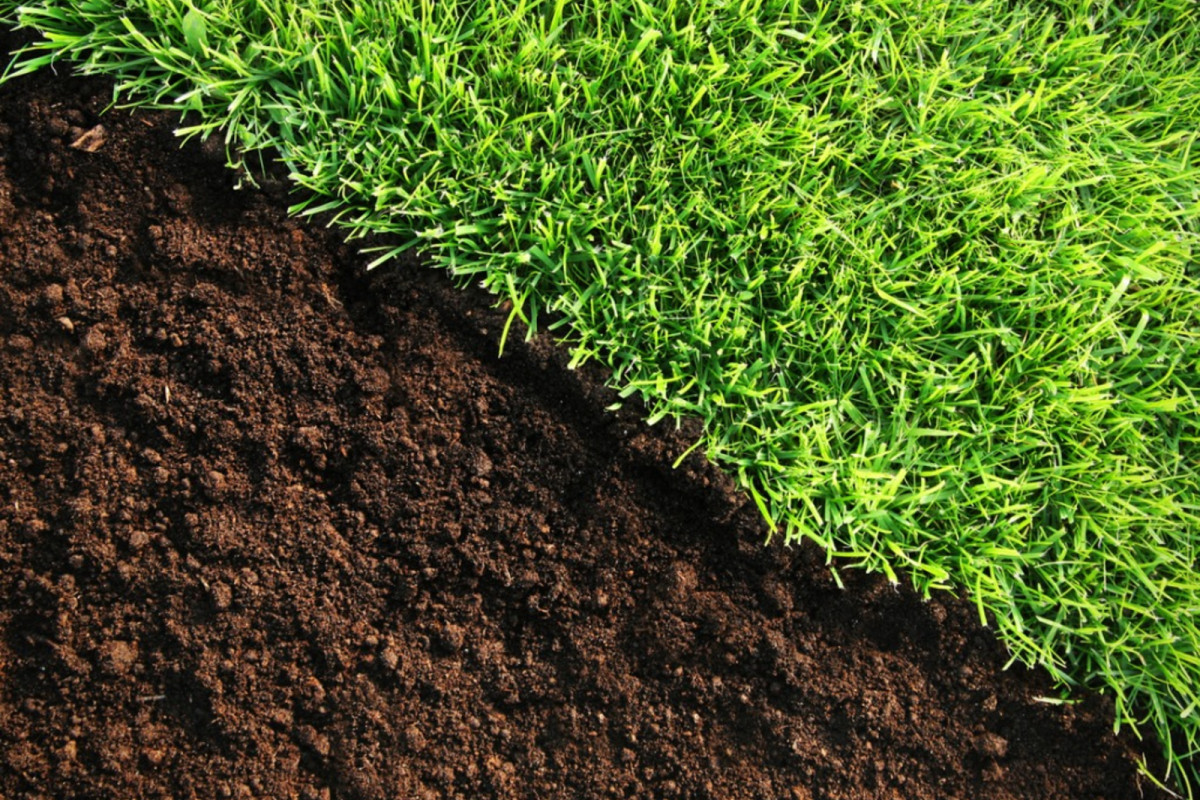
5. Amend your soil with topdressing
Spreading a thin layer of organic material over your grass is a great way to build up beneficial soil microbes and improve depleted soil. It can also serve to smooth out uneven terrain by filling in small depressions.
To be effective, the topdressing needs to be similar in texture to the underlying soil, with the most common options being sand, topsoil, high-quality compost, or a custom-blended mix of materials.
Topdress cool-season grasses in the fall
Take care when applying topdressing, since it can raise and alter the grade of your yard.
Topdressing can be swept into aeration holes to help amend the soil.
Don’t want to do it yourself? We can help!
By following the tips above you can have a lawn you’re proud of. But we understand not everyone has the time —or desire —to do it themselves.
So, If you’d rather leave the hard work to us, simply sign up for property care services with the Landmark Group.
Read More Posts
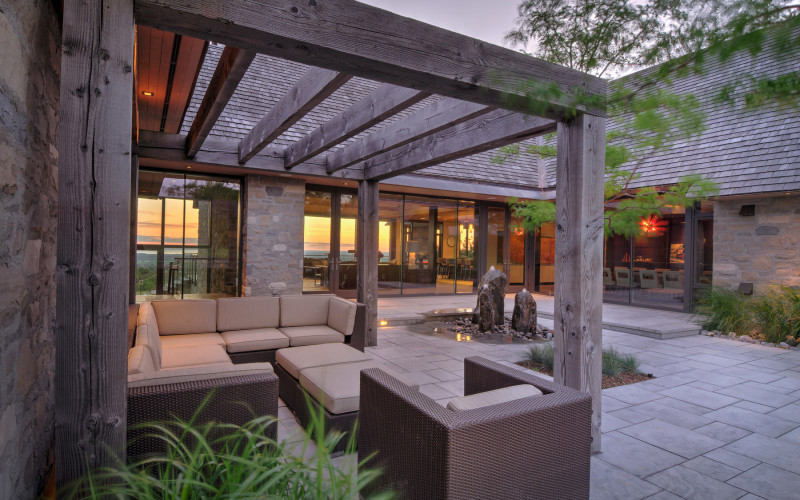
Choosing the Right Landscape Design Style
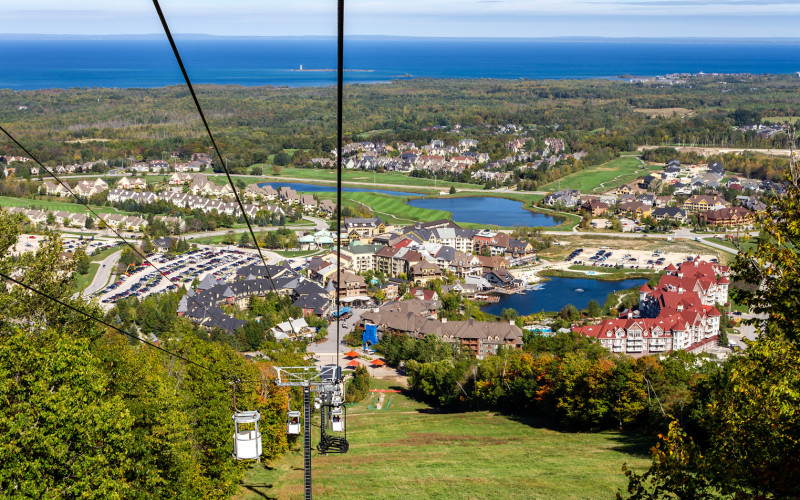
Top 3 Lifestyle Trends In Collingwood
